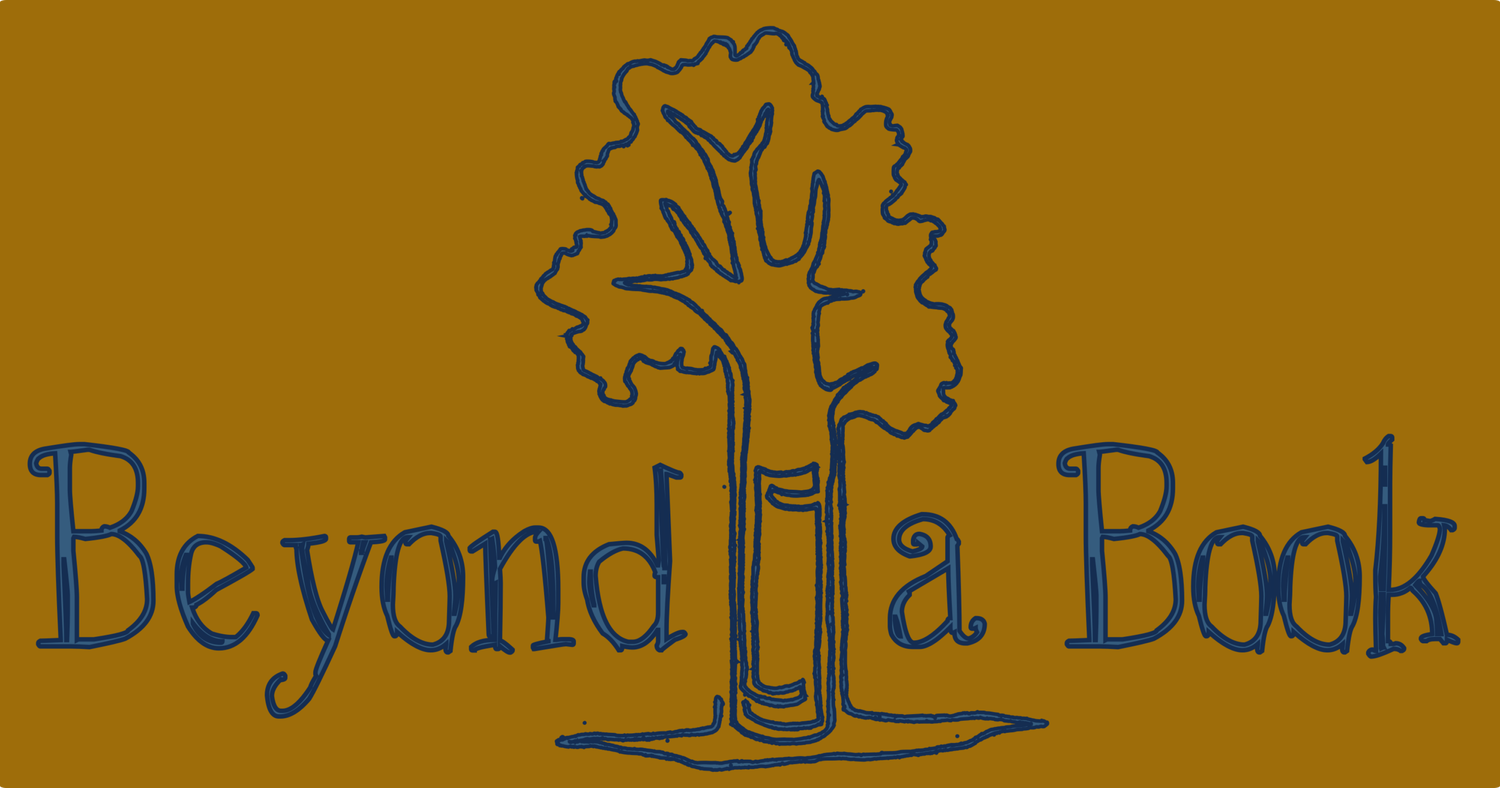by Sara Dykman
We have been in New Orleans for two days now, and it occurred to me when I was on the trolley tonight headed home from Rue Bourbon that I had not answered any bike49 questions in two days. We are staying with Aaron and Tommy’s, mom’s, friend’s, brother’s, daughter’s place, and our bikes are locked up in the shed, making us blend in with the crowds.
Danielle and Juan's house in New Orleans.
t seems like at least twice a day someone will ask us why we are doing this trip. “You biking for cancer or something?” an older man asked me the other day.
“We’re biking because we love biking” I say, but I am quick to continue, “we wanted to see the country. Along the way we are talking with students about our trip. We want to get them excited about the outdoors, adventure, and exercise.” I practically reply without thinking.
Of course that is the simple answer, as I bet few people want to hear my hour long monologue about why I am on this trip and why I love biking so much (If you want to read the monologue check out “why we bike”).
Most people know that cars cause air pollution and that burning fossil fuels has been linked to climate change. These are great reasons to bike, but they are not what motivate me. In cities space is a big issue. Finding ways to use space efficiently is not only important but very fun.
In New Orleans I watched two street performers play the drums and a few upside-down buckets. Folks walk by as the drummers take a break. But when the music starts up, it only takes a few minutes for a crowd to gather. The drummers have turned a slab of pavement into a community space. They have added culture, interest, and creativity to a seemingly unproductive space. I loved watching them. Not just because of their skill- they would throw their drum sticks into the air, catch them, and not miss a beat- but their ability to take back a street. Make a street for people not just cars.
Two drummers transform the street into music venues.
In the United States 30% of a cities surface is devoted to roads. These roads are wide and arguably dedicated to car travel. What’s more is that 98% of the time our cars are stationary and taking up a parking space. About 20% of a cities surface is devoted to parking, which would be about 4 spaces per car. Too much urban space is dedicated to economically and socially useless parked cars.
On Bourbon St in New Orleans the pavement is 100% for people.
Biking is one answer to the space question, and a big reason why I advocate for biking. A bike doesn’t need a large parking space or wide roads. Other solutions, such as carpooling, mass transit, walking, and car sharing would all cut down on the space needed for moving and storing cars. The real fun then becomes: what do we do with the space freed by space-friendly travel?
In New Orleans I walked down Bourbon Street. Not the sidewalk, but the middle of the street. Cars were not allowed. Rue Bourbon is a cross between Vegas and Europe. The streets are lined with bars, strip joints, restaurants, and souvenir shops. The streets are crowded with drunken tourists, beaded necklaces, cops, and street performers. The air is filled with live bands, hoots, and hollers. It is unique and enjoyable and I don’t miss the cars one bit.
More music in the streets of New Oreleans.
I find street performers and musicians all around the French Quarter of New Orleans. Some dance while some stand so still you would think they were a statue. Several men, skin and clothes all painted silver, would stand motionless on the road, like statues. Another “statue”, dressed like Uncle Sam, was in mid stride crossing a road with his fake dog on a leash. How could you not stop, stare, and be completely impressed?
Is that a statue? Streets should be interesting and entertaining, not just busy, dangerous thoroughfare.
New Orleans is a unique city, but not the first to transform their streets into community space. In New York City, parking spaces were transformed into sitting areas. In Portland, we parked our bikes in parking spaces (one parking space could be turned into a parking for 15 bikes). We even biked over a few colorful intersections in Portland, where the boring pavement had been transformed into a mural. Towns in Montana would turn parking lots into fruit stands and farmer’s markets on the weekends.
And the potential is grand. Converted parking spaces could become fruit orchards or gardens, creating fresh, affordable food that doesn’t need to be shipped hundreds (or thousands) of miles. We could create native gardens for migrating animals and water retention. We could create playgrounds and bocce ball courts for easily accessible entertainment. There are so many possibilities. We should not limit ourselves to the status quo, to sterile streets and one purpose parking lots.
Grooving in New Orleans... anything is possible.
There is a movement in the United States to make streets for people and not just cars. A movement to encourage flavor and multi-purpose community spaces not just dangerous, mono-purposed, thoroughfares. We have seen this a few places along the bike49 route, and hope to see more. That is why I am on this trip. I want to see what creative people have done to make cities memorable… or that is at least ONE of the reasons.






